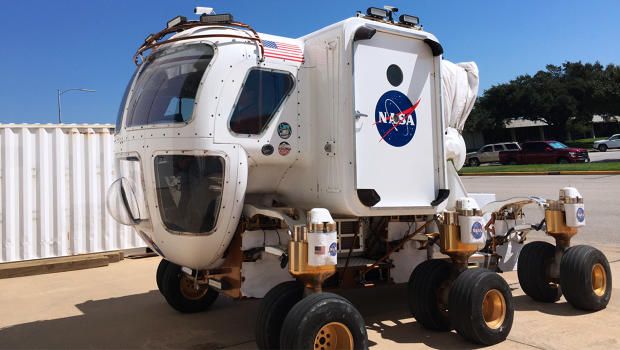“[H]alf the people in the world cram into just 1 percent of the Earth’s surface (in yellow), and the other half sprawl across the remaining 99 percent (in black).”
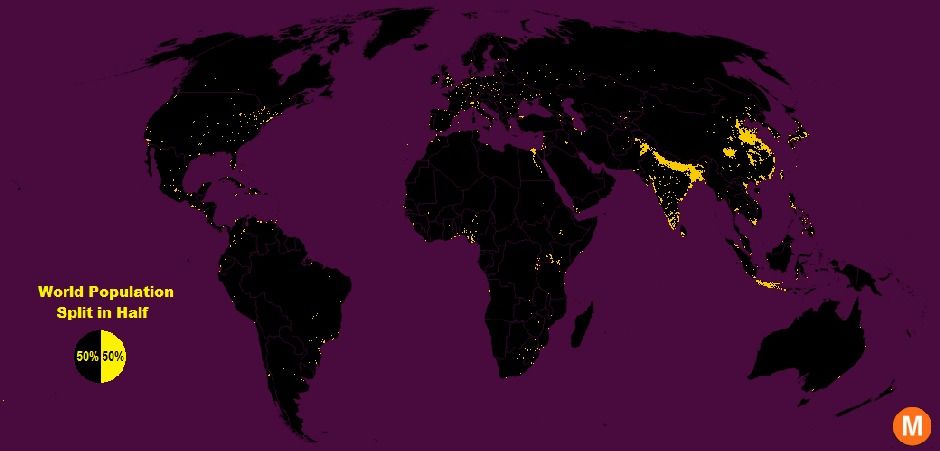

“[H]alf the people in the world cram into just 1 percent of the Earth’s surface (in yellow), and the other half sprawl across the remaining 99 percent (in black).”
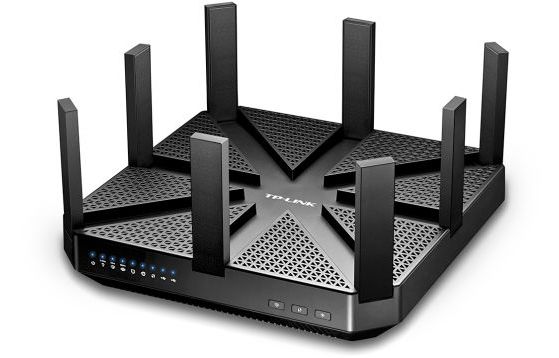
Remember when a cheap $60 wireless router was all your home needed? We were so naive back then. When everything from your phone to your fridge is on your home network, you need a little more wi-fi horsepower. So TP-Link is introducing the first wireless router with blazing 802.11ad.
For the uninitiated, the 802.11ad protocol adds yet another band of spectrum in the 57-66GHz range (depending on what part of the world you live in) in addition to the 2.4GHz and 5GHz bands that 802.11ac routers use now.
There’s quite a few technical reasons as to why the jump to 60GHz is a good thing, but the most important for the average consumer is speed. The 5GHz band maxes out at 1,733Mbps, but the new 60GHz band can achieve wireless transfer speeds of up to 4,600Mbps. So streaming 4K video without a network cable? Not a problem.

The Wi-Fi Alliance branded its next-generation 802.11ah wireless protocol as Wi-Fi HaLow. It is targeted at the Internet of Things (IoT), which includes the smart home, connected car, and digital healthcare, as well as industrial, retail, agriculture, and smart-city environments. Unlike the older and more familiar 802.11 protocols, which mostly use the 2.4 or 5GHz bands, 802.11ah is a sub-gigahertz protocol that uses the 900MHz band. It has an enviable combination of characteristics.

Imagine an apartment where you could whiz down a 1,000-foot ski slope from the roof to the sidewalk.
This daredevil’s dream building might eventually be a reality. Called House Slalom, the 21-story residential complex with a ski slope could be built in Kazakhstan.
The design by Shokhan Mataibekov Architects was a finalist in the residential category at this year’s World Architecture Festival awards. If the proposal gets the green light, it would be the world’s first residential building with a ski slope.
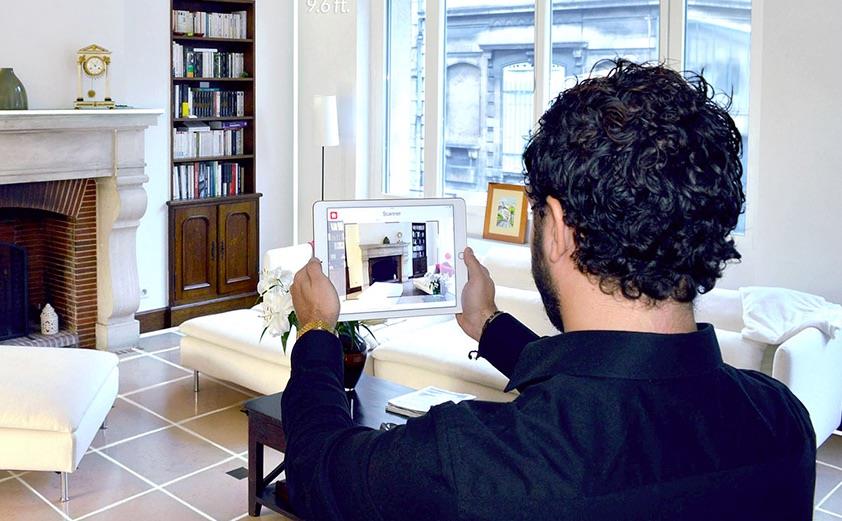
A new app turns an iPad into a 3D-scanner to help people remodel their homes.
It’s to be shown off at the CES tech event in Vegas this week. But if you want all its features they don’t come cheap.
Watch the full video and check out our other CES coverage: http://bbc.co.uk/ces2016
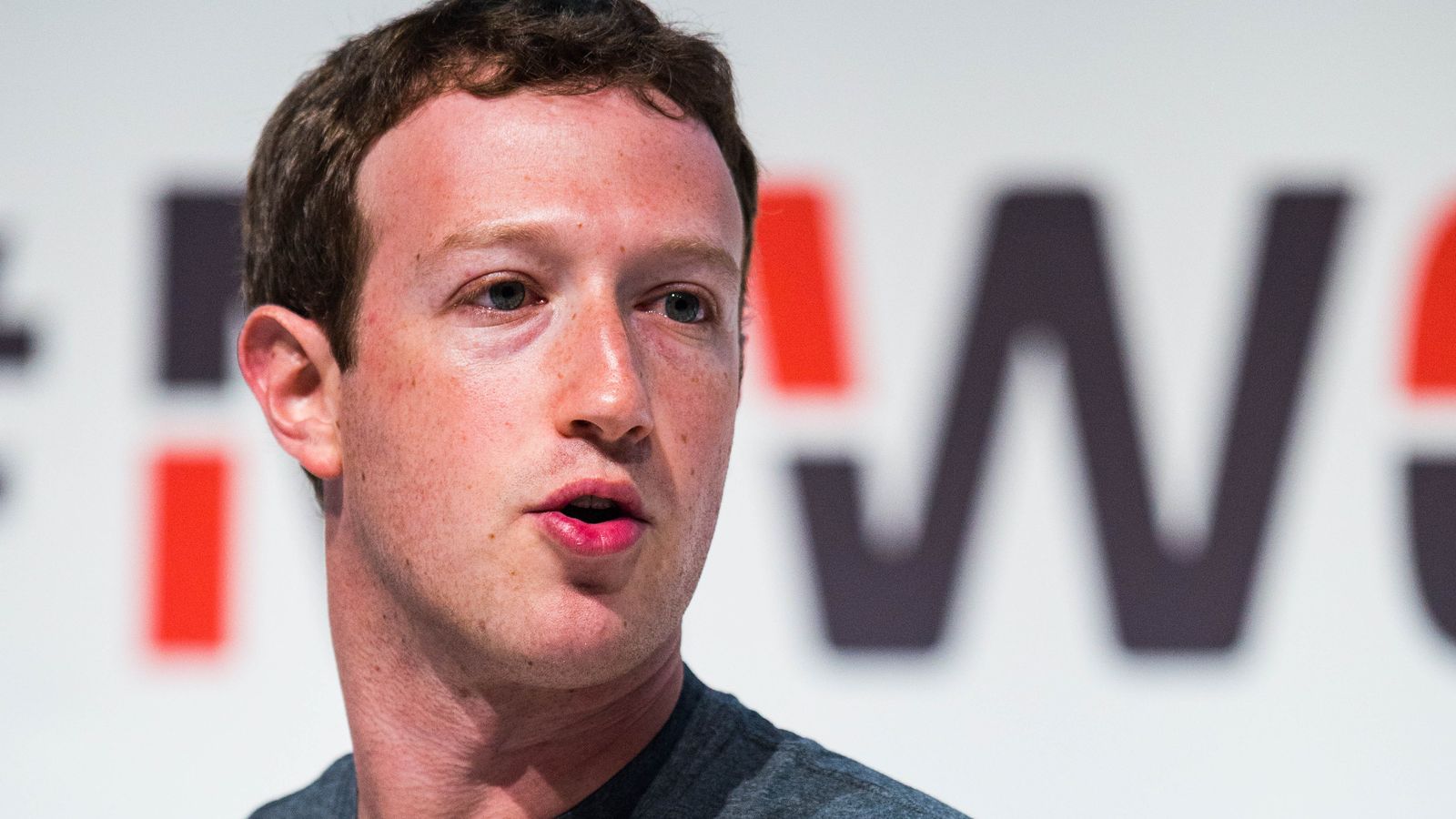
Mark Zuckerberg wants to live a bit more like Tony Stark. In a post on Facebook this afternoon, Zuckerberg wrote that he intends to build an AI that can run his home and present him with virtual reality visualizations of his work. “You can think of it kind of like Jarvis in Iron Man,” Zuckerberg writes.
Zuckerberg’s vision starts basic but gets a lot more ambitious. “I’m going to start by exploring what technology is already out there,” he writes. That should be able to handle his initial goals, like controlling “music, lights, temperature, and so on.” He also wants this system to recognize when friends are at the front door and let them in, alert him if his newborn daughter needs attention, and to do all of this only when it recognizes the person speaking. For the most part, that’s all doable even for the non-billionaire home builder. Zuckerberg has already found one product that he likes: “For just music, the Amazon Echo is pretty great. It’s been very useful for controlling music with my voice while both hands are occupied taking care of Max.”
The more challenging aspects of the project include making it work without direct input by him or Priscilla Chan, his wife. “I’m very interested in using voice and face recognition to set lights and temperature as well depending on who is in what rooms, etc,” he writes. “For example, I like rooms colder than Cilla, and but it’s possible to just see who is in what room and adjust the temperatures automatically.”

Governments, businesses, and economists have all been caught off guard by the geopolitical shifts that happened with the crash of oil prices and the slowdown of China’s economy. Most believe that the price of oil will recover and that China will continue its rise. They are mistaken. Instead of worrying about the rise of China, we need to fear its fall; and while oil prices may oscillate over the next four or five years, the fossil-fuel industry is headed the way of the dinosaur. The global balance of power will shift as a result.
LED light bulbs, improved heating and cooling systems, and software systems in automobiles have gradually been increasing fuel efficiency over the past decades. But the big shock to the energy industry came with fracking, a new set of techniques and technologies for extracting more hydrocarbons from the ground. Though there are concerns about environmental damage, these increased the outputs of oil and gas, caused the usurpation of old-line coal-fired power plants, and dramatically reduced America’s dependence on foreign oil.
The next shock will come from clean energy. Solar and wind are now advancing on exponential curves. Every two years, for example, solar installation rates are doubling, and photovoltaic-module costs are falling by about 20 percent. Even without the subsidies that governments are phasing out, present costs of solar installations will, by 2022, halve, reducing returns on investments in homes, nationwide, to less than four years. By 2030, solar power will be able to provide 100 percent of today’s energy needs; by 2035, it will seem almost free — just as cell-phone calls are today.

Part of NASA’s recently passed budget plan laid out by Congress urges the space agency to develop a prototype deep space habitat by as early as 2018.
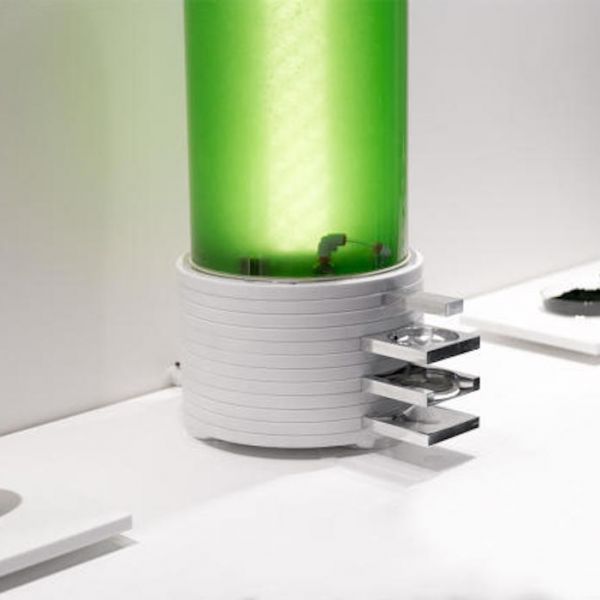
A machine prototype called Farma can let you manufacture your daily prescription of drugs right in your own home. Designed by MIT Media Lab graduate Will Patrick, the concept tech features a green cylinder and uses blue-green algae that’s genetically engineered to produce pharmaceutical drugs.
In the future, you might be able to skip the pharmacy and, instead, make your treatments along with your morning breakfast.
